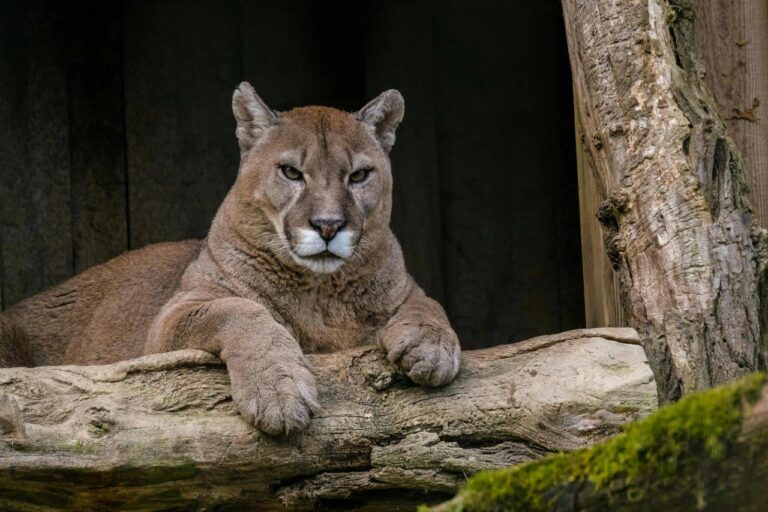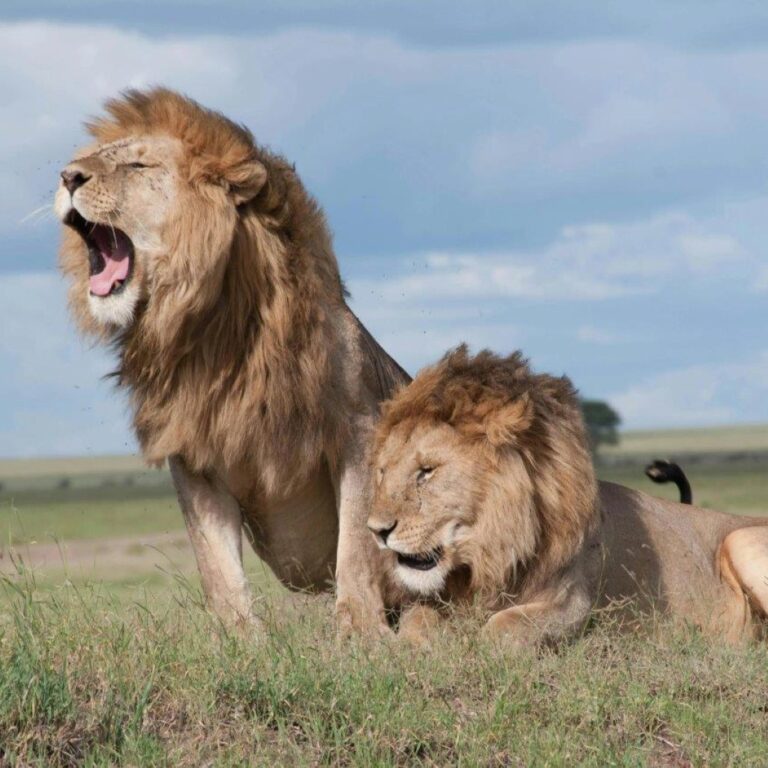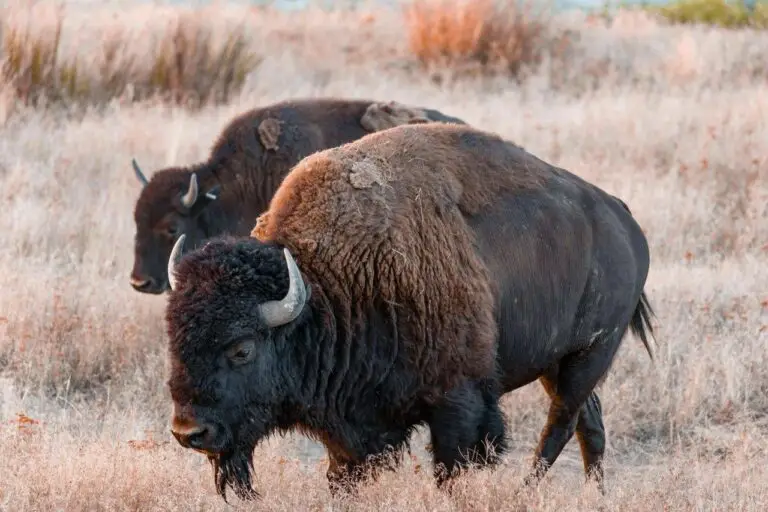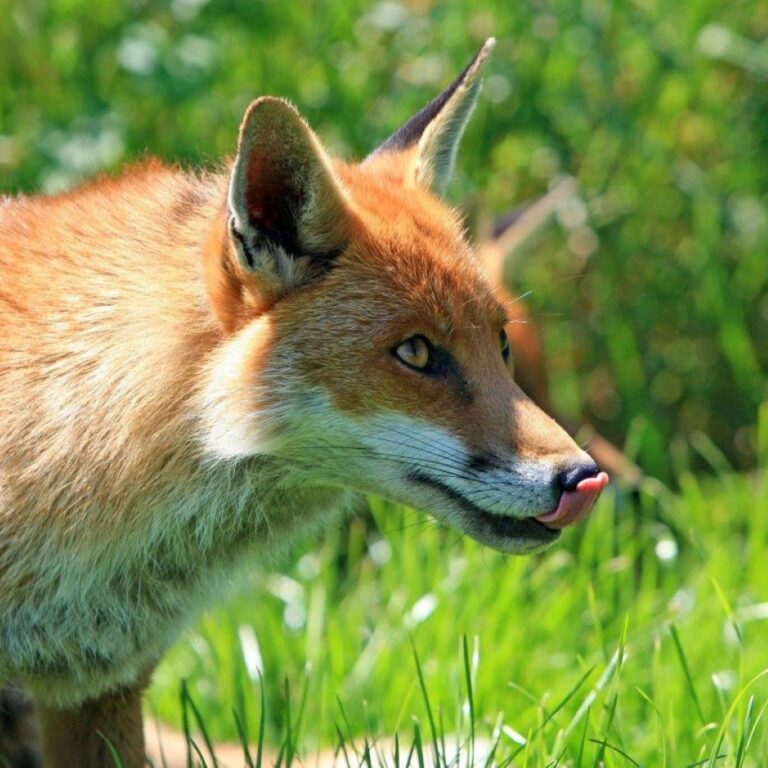Cougars are the second-largest cats in the Americas, after the jaguar. Adult males can weigh up to 220 pounds and measure up to 8 feet in length, including the tail.
Cougars are known by many names, including mountain lion, puma, panther, and catamount. These names vary depending on the region, but they all refer to the same species, *Puma concolor*.
Cougars have the largest range of any wild terrestrial mammal in the Western Hemisphere. They are found from Canada in the north to the southern tip of South America, across diverse habitats including forests, mountains, deserts, and swamps.
Cougars are incredibly powerful and can leap up to 40 feet horizontally and 15 feet vertically. Their muscular legs and large paws make them excellent climbers and jumpers.
Despite their size, cougars are stealthy hunters. They rely on ambush tactics to catch prey, often stalking and then pouncing on their target with a burst of speed.
Cougars are solitary animals, and males and females only come together to mate. After a gestation period of about three months, the female gives birth to a litter of one to six cubs, which she raises alone.
Cougar cubs are born with spots and blue eyes, which gradually fade as they grow older. The spots help camouflage the cubs in their environment, providing protection from predators.
Cougars are primarily nocturnal and crepuscular, meaning they are most active during the night and at dawn or dusk. This behavior helps them avoid encounters with humans and other predators.
Cougars are highly territorial, and the size of their territory can vary greatly depending on the availability of prey and the density of other cougars in the area. Male territories are larger than female territories and can overlap with those of several females.
Cougars communicate with each other through vocalizations, scent markings, and visual signals. They are known to make a variety of sounds, including growls, hisses, purrs, and a high-pitched scream or whistle.
The cougar's scientific name, *Puma concolor*, means 'cat of one color.' While their fur is generally tawny or grayish, the exact color can vary depending on the region and season.
Cougars are apex predators, meaning they are at the top of the food chain in their ecosystems. They play a crucial role in controlling prey populations and maintaining the balance of their environment.
The cougar is not considered a 'true' big cat by some definitions because it cannot roar. Instead, it produces other vocalizations, such as hisses, growls, and a distinctive chirping sound.
Conservation efforts are important for protecting cougar populations, particularly in regions where habitat loss, human-wildlife conflict, and hunting pose significant threats. Preserving natural habitats and promoting coexistence with humans are essential for their survival.



